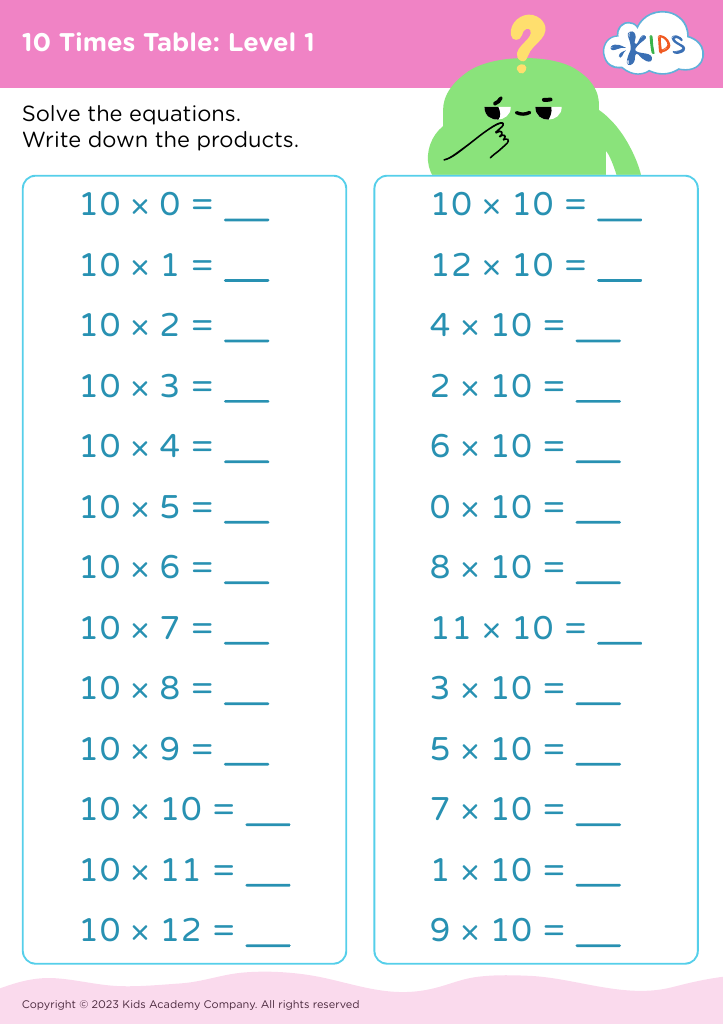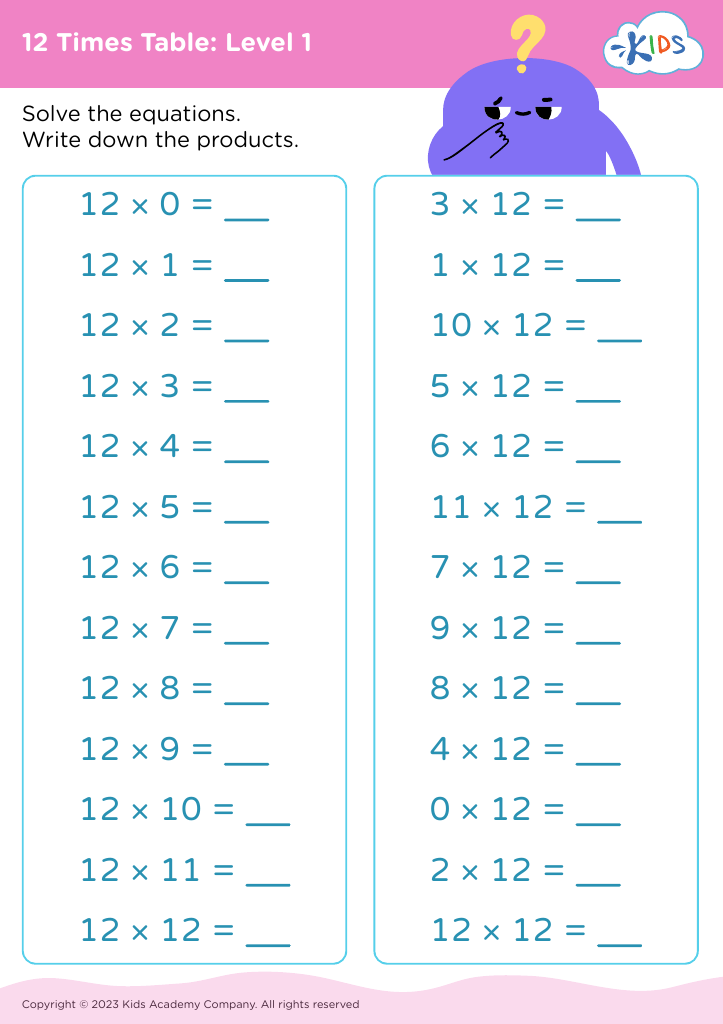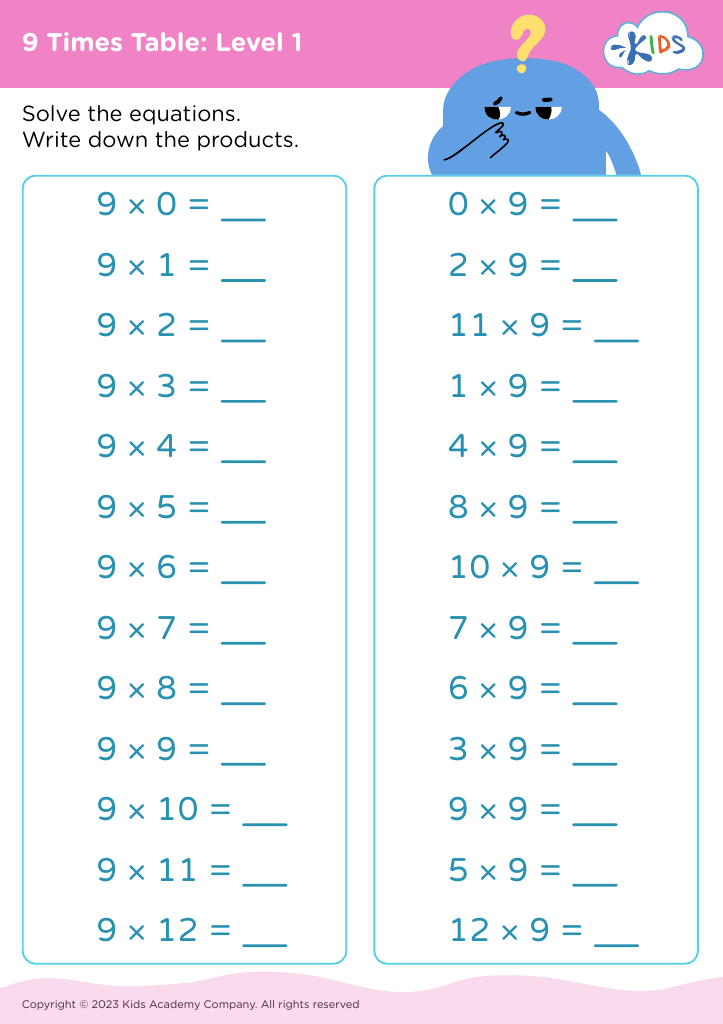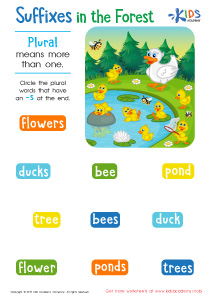Understanding patterns Easy Basic Times Tables up to 12 Worksheets for Ages 3-8
3 filtered results
-
From - To
Welcome to our "Understanding Patterns: Easy Basic Times Tables up to 12 Worksheets" designed for children aged 3-8! This engaging collection of printable worksheets helps young learners grasp the concept of multiplication through patterns. By exploring visual representations and interactive activities, kids will discover how multiplying by numbers fills in consistent patterns, making learning fun and intuitive. These worksheets cater to various skill levels, ensuring each child can grow at their own pace. Enhance your little one’s mathematical foundation today, promoting confidence and enjoyment in learning essential times tables while developing critical thinking skills in a supportive environment.
Understanding basic times tables and recognizing patterns within them is crucial for children aged 3-8 as it lays a strong mathematical foundation. When parents and teachers prioritize this learning, they help children grasp multiplication concepts much more easily. Early comprehension of times tables fosters confidence in math, encouraging a positive attitude toward the subject as they grow.
Simple patterns within the times tables, such as the skip counting of 2s, 5s, and 10s, help children identify relationships and build number sense. For example, recognizing that the products of 5 always end in 0 or 5 aids memory retention, making learning more engaging and less intimidating.
Additionally, mastering these early multiplication facts enhances problem-solving skills, as students can manipulate numbers more readily and find solutions to everyday math-related situations. This foundational knowledge is invaluable for future academic success in math and beyond. Moreover, with a solid grasp of patterns in multiplication, students will feel more equipped for more advanced concepts like fractions and algebra in subsequent years.
Encouraging exploration and understanding of basic times tables not only supports cognitive development but also cultivates a lifelong appreciation for math.













